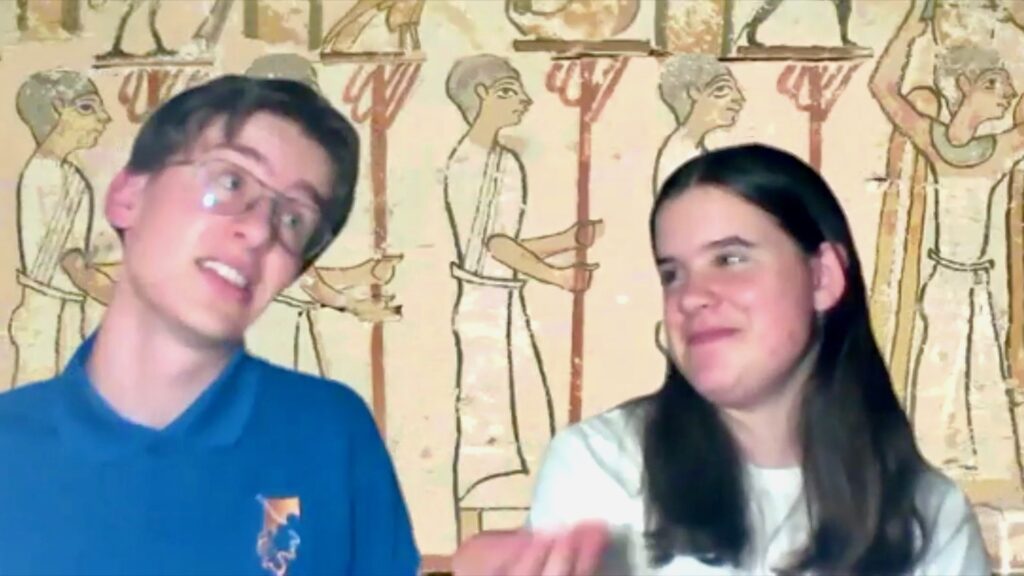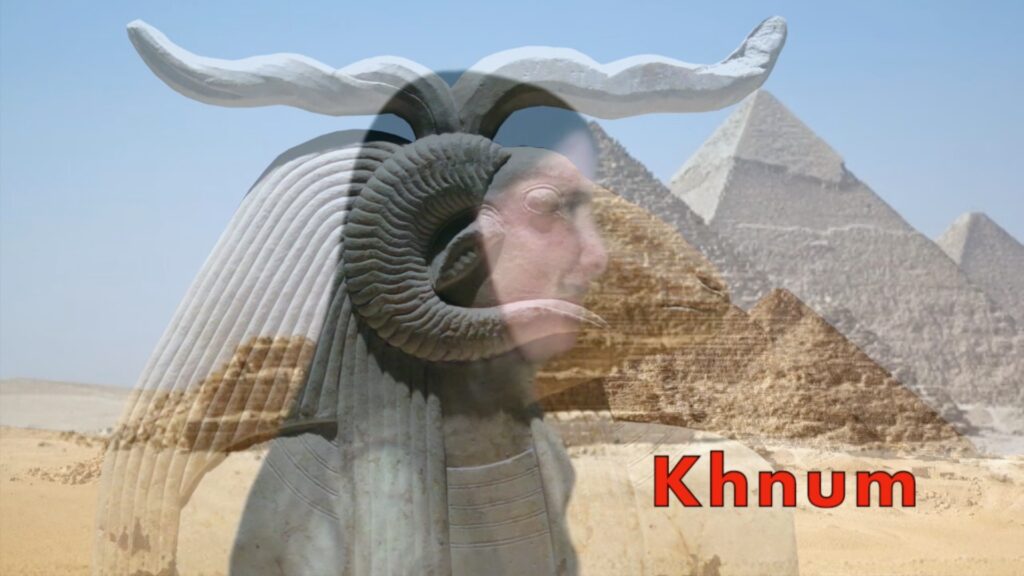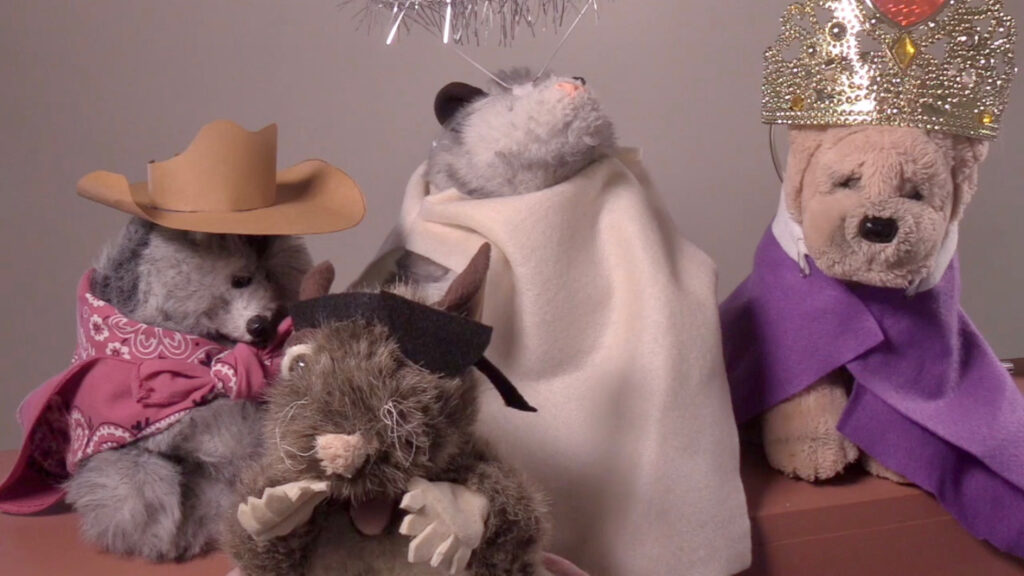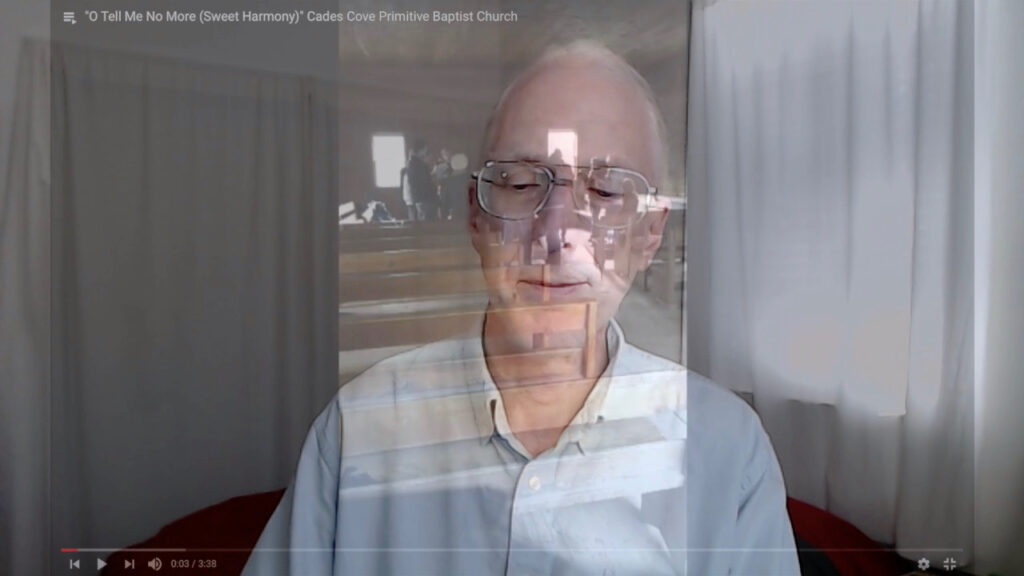This year, the Religious Education Association (REA) invited anyone who’s going to participate in their online annual meeting to post a video response on Flipgrid, answering the question, “Why REA?”
Of course I had to try it. I’m always a sucker for trying out new forms of social media, especially when they’re designed for educators. And Flipgrid advertises itself as a video making Web site that can be used from preK to PhD — how cool is that?
But then I logged in — you can log in using your Google account — and Flipgrid told me it only supports Google Chrome and Microsoft Edge. Seriously? no support for Firefox or Safari? Oh, right, it’s a Microsoft company. At least they allow video uploads, so I recorded a quick-and-dirty video and uploaded it. But I won’t be using Flipgrid with kids, because what about that kid who doesn’t have Chrome or Edge….
Aside from that fatal flaw, Flipgrid seems like it has potential. You as teacher can post a video, kids can respond to it, Flipgrid gives you a QR code that you can send to parents so they see the video responses. Although, uh oh, what about media releases to show videos of legal minors? Given the safety policies in our congregation, that’s another fatal flaw if I want to use it with kids.
Even though Microsoft has incorporated at least two fatal flaws in Flipgrid, the basic idea still has potential. And it still could work with adult programs.







